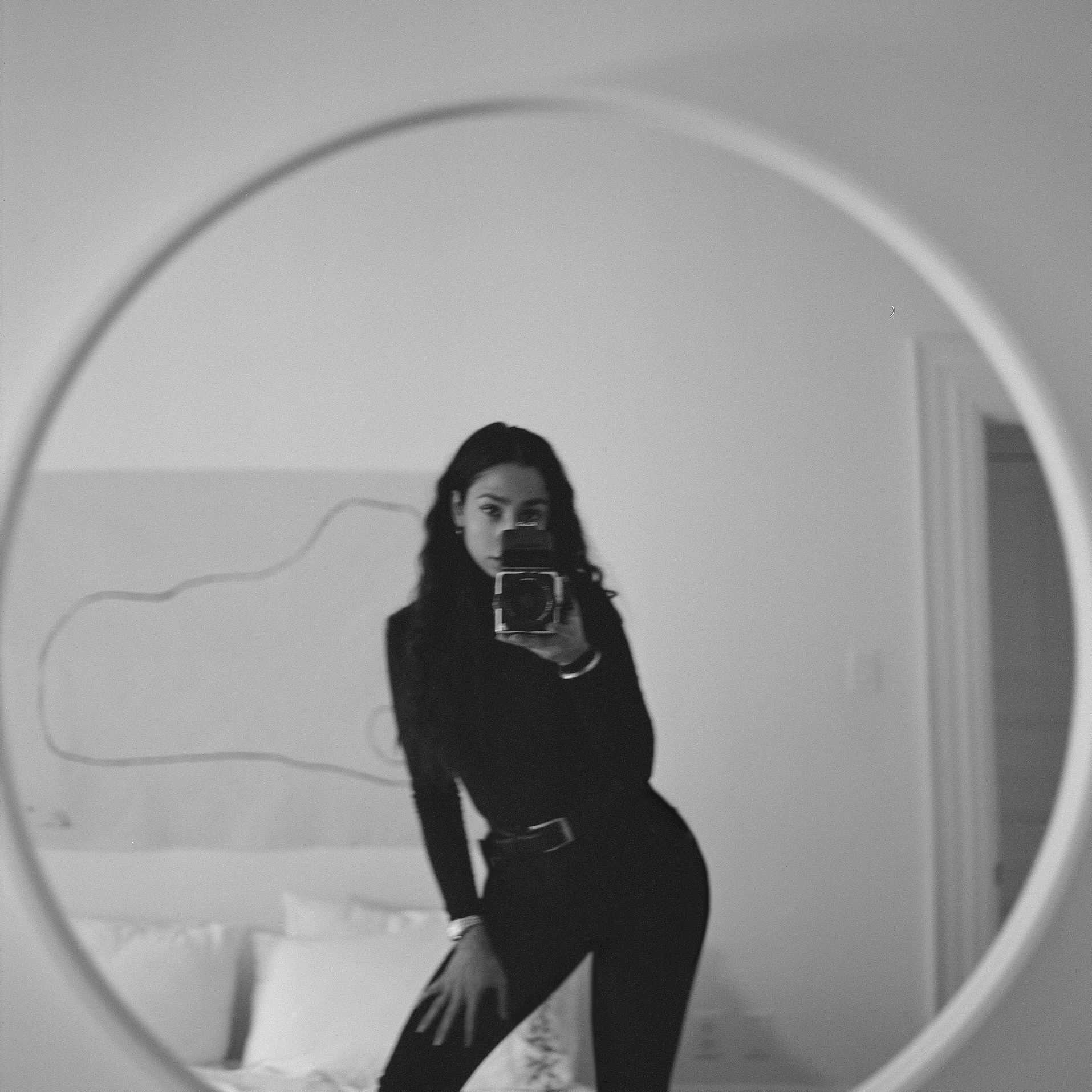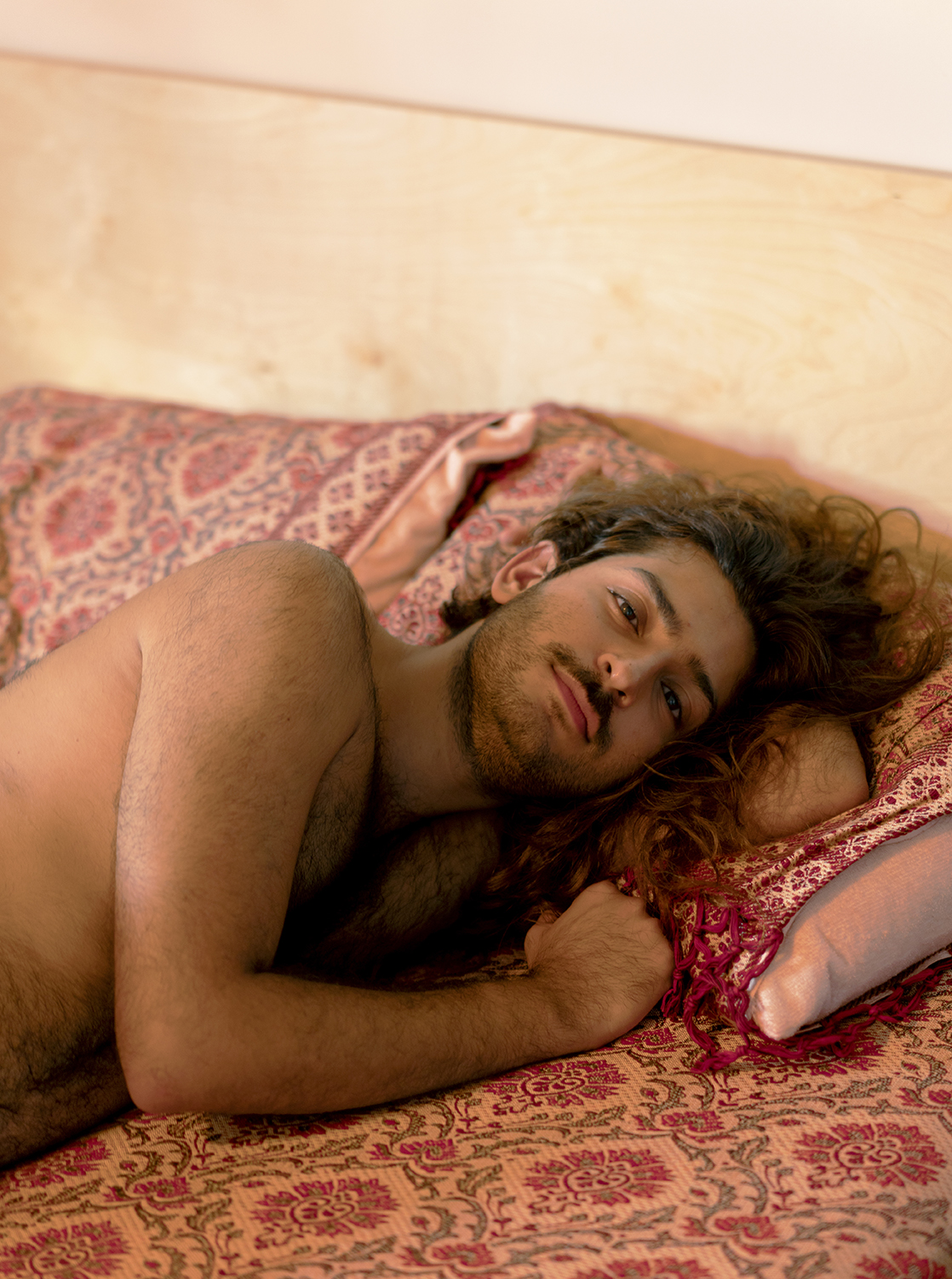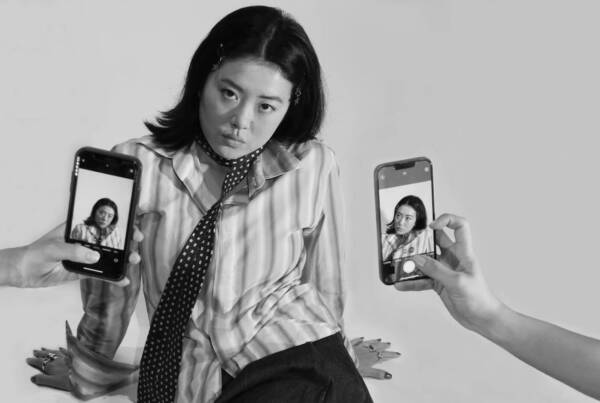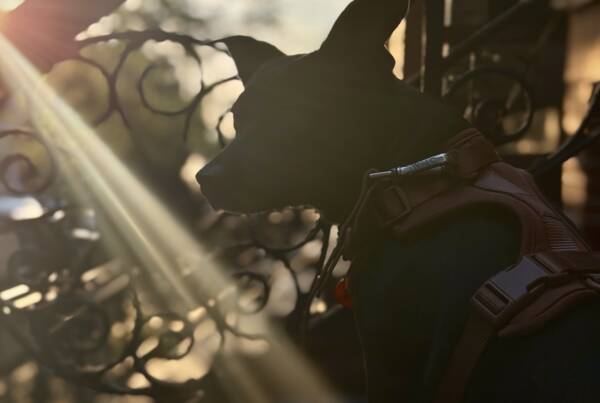Interview of Karishma Pranjivan by Sonia Feldman // One way to think about privacy is as a boundary between two states, the public and the personal, the available and the unavailable.
Interview of Karishma Pranjivan by Sonia Feldman
Photographer Karishma Pranjivan and I talk on the phone in the middle of the day. She calls me from the public library in Toronto—a city she hesitantly calls home. “I was born here, and collectively I have spent the most time here in my life. Even if it wasn’t consecutively, it’s still the closest thing to home,” she tells me. Her heavy qualification makes sense given that she grew up in a combination of Toronto, Sydney and London. Not to mention, she’s meditating a move next year to New York. “I feel like six years is my cap for anywhere. I’m like, alright, where am I off to now?” Pranjivan’s ambulatory history has led her to an interest in places that belong to people, both temporary and permanent. A few years ago, she decided to start taking pictures of subjects where they live. The nick nacks, the paint on the walls, the color of the plastic chairs outside, the way dishes are organized in a kitchen cabinet—these details add up to home, a concept Pranjivan finds herself returning to repeatedly. “Maybe it’s because I feel as though I don’t have a concrete one [home], so I’m looking for it. I have this personal narrative that I explore through other people.”
The desire to take pictures of people in their homes has gradually evolved into a meditation on the nature of privacy. Pranjivan calls this project Private Spaces—an exploration of “the relationship between an individual and space, the space they inhabit or the space that they’ve created for themselves.” One way to think about privacy is as a boundary between two states, the public and the personal, the available and the unavailable. Photography interested in exploring privacy often does so through its transgression: the photograph either crosses that boundary by force or is invited to enter. In either case, the viewer is granted access to the moment. Pranjivan’s work accomplishes something else. Her subjects neither let her into their scene nor push her out. Her work illuminates, not that which is concealed, but the boundary which conceals it.
This is a difficult effect, and Pranjivan achieves it in part by holding her subjects at a distance. People often appear at a remove in her images. They tend to be heavily contextualized—set inside their own world rather than taken out of it—and sometimes partially obscured. There’s an almost protective instinct on Pranjivan’s part to preserve her subjects from the viewer. She doesn’t want us to see too much of them: a tendency that is particularly apparent in her street photography. “There’s an ethical boundary where you are actually invading somebody’s personal space by taking a photo of them,” Pranjivan says. This kind of invasion runs counter to her project, which describes boundaries most often by respecting them. “A lot of times, I try to keep a little bit of their identity private, where I’m not really taking a picture of their entire face. It might be a particular body part or just a fragment of who they are.”
In a photo from the floating village of Kampong Phluk, Siem Reap, we see a woman inside of her stall, caught in a moment of rest. She’s lying on her back with her head turned from the camera. The image could be incredibly intimate—rest and repose have something private in their very nature—but Pranjivan positions her subject behind a kind of visual wall. In the foreground of the photo, we see a large container, a bin of snacks and an empty soda bottle. The objects are visually dominant. They’re out of focus, but they take up more than half the image. They’re well-lit, and from a color perspective, they match—all in red and yellow. It’s hard not to look at them first, but the camera lens is focused on the woman just beyond. Her face is in shadow and turned from the camera, but she is the subject of the image.
Pranjivan explains, “As a photographer or as an artist, I don’t feel as though I’m in a place to tell [someone’s] narrative without even knowing them.” By giving her subject space—positioning them at a distance from the viewer and within a flood of other visual information—Pranjivan creates a keyhole effect. We have to look through the scene to find the person. As a result, Pranjivan’s subjects don’t belong to her—or to us. These images are only glancing blows off the surface of an individual. They insist on the subject’s having a full life outside of the image.
Private Spaces takes on different valences when Pranjivan works with posed sitters. These subjects consent to having their photos taken. They’re aware of the photographer’s presence and intent. Directing a person to act privately or pretend they are alone is immediately difficult. Ironically, it involves a certain degree of trust. “It’s your job to get on some kind of basis with [someone you’re taking a picture of],” Pranjivan tells me. “It’s usually an emotive thing. I definitely want to incorporate that person’s feelings and identity.”
When I ask how she evokes personal space in a posed setting, she responds, “A lot of the time, I’ll have them do both. I want them to acknowledge me, and then I want them to not acknowledge me and pretend like I’m not there or they’re doing something in private.” By asking her subjects to move between states of availability and unavailability, Pranjivan is able to approach the line that divides them—privacy. “Sometimes I even forget to direct people,” she says. “I kind of like that reaction, even if it’s an awkward reaction, if they’re unsure about what they’re doing. I feel like that’s how I capture those moments. I don’t direct them unless they’re really like, oh, I’m stuck. But even then, I’m catching that I’m stuck moment too.”
This technique, the variation between comfort and discomfort, is particularly striking in a series of portraits Pranjivan took of Mohammad Fayaz. Fayaz is a personal friend, and the two share a common history: “As first generation immigrant children with really similar backgrounds and upbringings, we have this understanding of how we blend these two cultural aspects of our lives together.” Pranjivan decided to take the photos in Fayaz’s bedroom and instructed him not to adjust the space. “I’m like, don’t move anything. Don’t clean up anything. I want it to be exactly the way that you would normally have it,” she says.
Fayaz is deeply set within many of the images, allowing the surrounding objects of his bedroom to rise in significance. Richly patterned red sheets from India cover the bed. On the night stand, we see a shadeless lamp, a vase of dried flowers, a box of Poptarts and a bottle of pills. The resulting scene is almost quintessentially intimate. Fayaz poses shirtless on his bed. He and Pranjivan know each other well, and the two of them have a shared understanding of the kind of image Pranjivan wants to make and the cultural experience she wants to capture—still the boundary holds. A powerful tension is at work. Pranjivan explains, “When you’re shooting in a place that’s so intimate, like a bedroom, even being on the bed, you are in and out of your body. As a photographer, I can see points at which he felt more comfortable and less comfortable.” That’s where the images become interesting.
For someone so relentlessly concerned with context and staying the reductive power of images, social media gets tricky. Personally, I find Pranjivan’s Instagram quite compelling. A blend of posed photos and street photography, a mix of people and objects, black and white and color, extreme close ups and images shot from a distance—what’s interesting is they manage to make sense together. This is the effect of Pranjivan’s strong visual voice and good taste. When I bring up the subject, she hesitates: “I always have to be careful about what I say.” She quickly confirms Instagram’s use as a tool for connection and acknowledges the platform as “an integral aspect of my professional work because I have gotten a lot of jobs and clients through it.” In fact, the two of us wouldn’t be talking at all if it weren’t for Instagram. But as a setting in which images are consumed, Pranjivan is far from satisfied. She worries about, “how we experience each other’s experiences. Because we can do it so instantaneously and so mindlessly.”
She posts photos of herself but only occasionally. From an algorithm perspective, familiar faces tend to gain the most traction on Instagram, and Pranjivan’s self-portraits often out-perform her other work. “Personally, I like my own work,” she says. “I like the works that I don’t get the most likes on, basically. Those are my favorites.” This discrepancy points to the ways in which social media asks an artist to be part of their own body of work. Pranjivan puts it this way: “Sometimes I feel like, in order to be a successful artist these days, I have to also make myself or my face or my body or my physical being a part of that art.” People want to see, “so this is the type of person who creates” this kind of art. Social media comes to embody an audience’s almost rapacious desire for access, for permission, for understanding. Desires that Pranjivan works explicitly to stymie in Private Spaces. “I’m a little bit of everything,” she says. Any given image, any given moment—“That’s not me in totality.”













